A difference is frequently drawn in electronics and electrical engineering between "line" and "load" wires. Line wires transport current from the power source to the load (e.g., to an electrical appliance or device). The wires that transport current from the load back to the power source are known as load wires.
It is critical to understand which wires are line wires and which are load wires because:
- If you correctly identify line and load wires, the proper current will flow through your circuit.
- If you incorrectly identify line and load wires, the current will not flow properly through your circuit, which could cause damage to your equipment or pose a safety hazard.
Do you understand the distinction between line and load wires? Many others do not, which can lead to major safety issues. We'll learn how to identify line and load wires in this blog post so you can be safe when doing your electrical work. We'll also go through some of the risks of misidentifying these wires. So, whether you're a do-it-yourselfer or an electrician, keep reading for more information!
Tools required to identify line and load wires:
- A multimeter is a device that can be used to measure electrical voltage, current, and resistance.
- Multimeter probes are used to connect the multimeter to the wires you want to test.
- A non-contact voltage tester is a tool that can be used to detect whether a wire is live without physically coming into contact with it.
- A neon screwdriver is a tool that can be used to test for live wires. It works by lighting up when it comes into contact with a live wire.

What are line and load wires?
There are two types of electrical wiring in a home: line and load. Line wires bring power from the utility company to your home. Load wires take power from the line wire and deliver it to outlets, switches, and fixtures.
The main difference between line and load wires is that line wires carry electricity from the utility company to your home while load wires carry electricity from the line wire to outlets, switches, and fixtures.
Line wires are always live, meaning they are carrying electricity. Load wires are only live when they are connected to an active outlet or switch.
Most homes have two hot wires (line wires) and one neutral wire (load wire). The hot wires are usually colored black or red while the neutral wire is colored white.
The line wire is the wire that brings power from the utility company to your home. The load wire is the wire that takes power from the line wire and delivers it to outlets, switches, and fixtures.
Line wires are always live, meaning they are carrying electricity. Load wires are only live when they are connected to an active outlet or switch. Most homes have two hot wires (line wires) and one neutral wire (load wire). The hot wires are usually colored black or red while the neutral wire is colored white.
In summary, the main difference between line and load wires is that line wires carry electricity from the utility company to your home while load wires carry electricity from the line wire to outlets, switches, and fixtures. Additionally, line wires are always live while load wires are only live when they are connected to an active outlet or switch. Most homes have two hot wires (line wires) and one neutral wire (load wire). The hot wires are usually colored black or red while the neutral wire is colored white.
How to identify line and load wires?
There are a few ways to identify line and load wires, the most common of which is through a multimeter. To test for line and load wires, set your multimeter to the ohm setting and touch one lead to the black wire and the other lead to the white wire.
If the multimeter beeps, this indicates that you have found the line wire. If there is no beep, then you have found the load wire. Another way to identify line and load wires is by their color coding. Line wires are typically black or red, while load wires are usually white. Finally, you can also identify line and load wires by their function. Line wires carry power from the service panel to electrical outlets and other devices, while load wires carry electricity from the outlet back to the service panel.
- The first step is to identify the power source. In most cases, the power source will be the utility company. However, if you are working on a project that is not connected to the utility company, you will need to identify the power source before proceeding.
- Once you have identified the power source, you will need to determine which wires are carrying the line voltage and which wires are carrying the load voltage. This can be done by using a multimeter or by using a voltmeter.
- Once you have determined which wires are carrying the line voltage and which wires are carrying the load voltage, you will need to identify the neutral wire. The neutral wire is typically white or gray.
- Finally, you will need to identify the ground wire. The ground wire is typically green in color.
Now that you know how to identify line and load wires, you can proceed with your project. Remember to always use caution when working with electricity and to consult a professional if you are unsure of anything.

Finding line and load wires by color:
The most common way to identify line and load wires is through color. Line wires are typically black or red, while load wires are usually white. If you're not sure which wire is which, you can always consult a qualified electrician.
If you're working with older wiring, the colors may have faded or become otherwise difficult to discern. In this case, you can use a continuity tester or multimeter to test for voltage. Line wires will always be live (i.e., have voltage), while load wires will be neutral (i.e., have no voltage).
Frequently Asked Questions:
How do I use a multimeter to identify line and load wires?
To use a multimeter to identify line and load wires, you will need to set the multimeter to the AC voltage setting. Then, touch one probe to the black wire and the other probe to the red wire. If the multimeter reads 120 volts, then the black wire is the line wire. If the multimeter reads 0 volts, then the red wire is the line wire.
What are some other ways to identify line and load wires?
There are several other ways to identify line and load wires. One way is by using a process of elimination. Another way is by using a multimeter.
Why is it important to identify line and load wires?
It is important to identify line and load wires because they carry different voltages. Line wires carry the full voltage of the circuit, while load wires carry a reduced voltage. If you connect a device to the wrong type of wire, it could damage the device or cause an electrical shock.
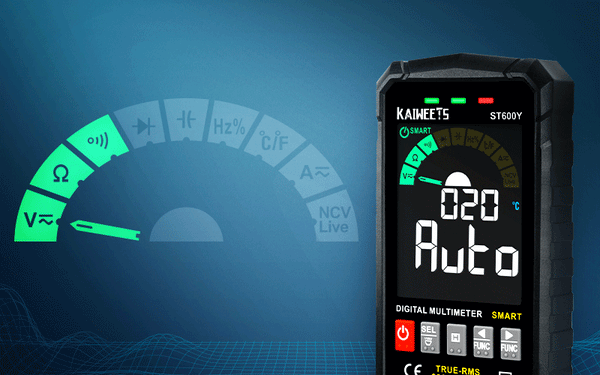
Conclusion:
In conclusion, it is very important to be able to identify line and load wires when working with electrical circuits. This will ensure that you do not accidentally connect the wrong wire to the wrong voltage, which could damage your equipment or cause a fire. There are a few different ways to identify these wires, including looking at the insulation color, the size of the wire, or the markings on the wire. If you are unsure, it is always best to consult a professional before attempting to work with any electrical circuits.

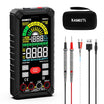

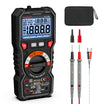
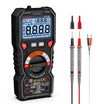
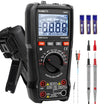
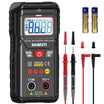
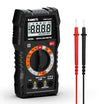
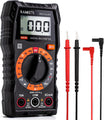
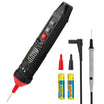
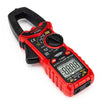

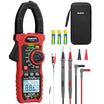
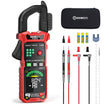

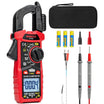

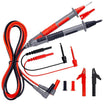
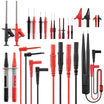



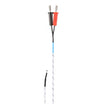


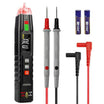
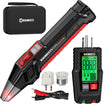
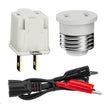
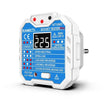
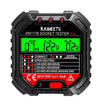
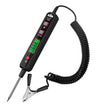
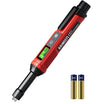
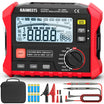

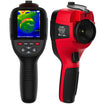
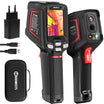
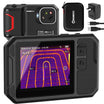
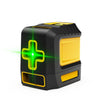
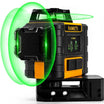
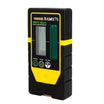
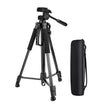
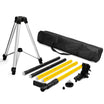



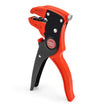
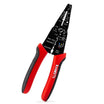




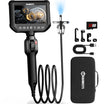
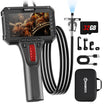
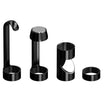
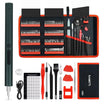

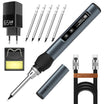
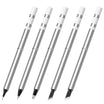
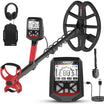




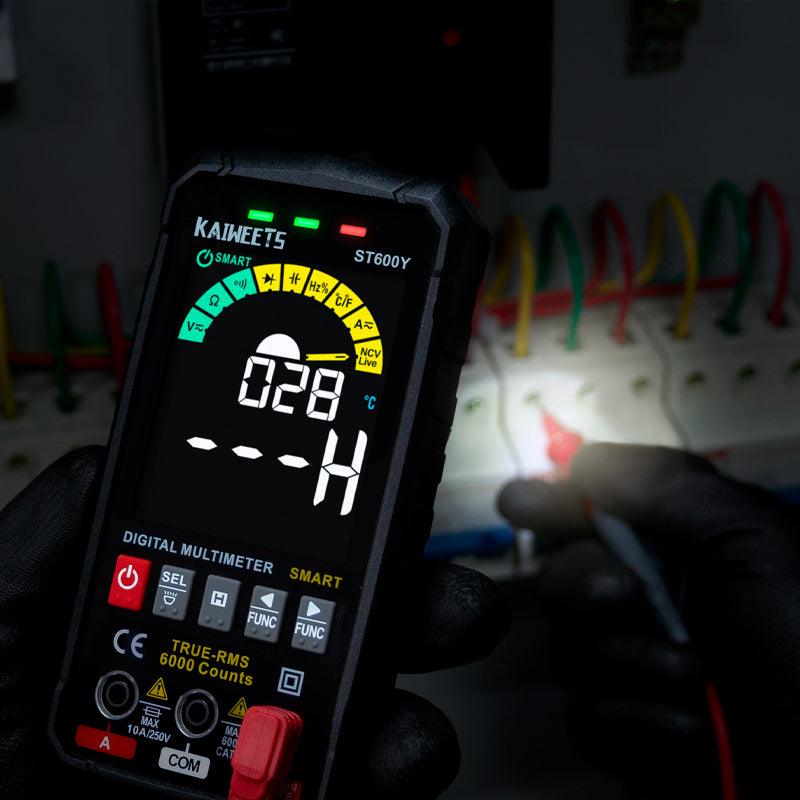


1 comentario
John Baughman
I have a 4 way switch set up in my room. I want to replace the three switches with a Caseta wireless system that uses two wireless remotes in place of wired switches. I can easily distinguish between the two 3 way switches and the one 4 way switch. However, since only one switch is to be connected to the house wiring, I’m having trouble understanding where the new smart switch should be installed. In place of one of the 3 way switches or in place of the 4 way switch. Thanks for your advice.
Dejar un comentario
Todos los comentarios se revisan antes de su publicación.
Este sitio está protegido por hCaptcha y se aplican la Política de privacidad de hCaptcha y los Términos del servicio.